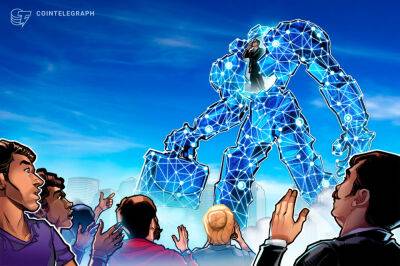Exhausted workers, polluting journeys: how unethical is next-day delivery?
The pandemic turned the US into a next-day delivery nation. Amazon, in particular, saw sales surge during the dark days of Covid. In the first three months of 2021, the company watched its total sales tick up by 44%, constituting $8.1bn in profit. Those sales were led by the 200 million subscribers to Amazon’s super-fast delivery service Prime as people demanded everything from desk chairs to bananas delivered the next day.
Amazon sold 44% more items during the pandemic, but the cost of fulfilling those orders increased by only 31%. This saving was one of scale – high-order volume allowed Amazon to operate even more efficiently. “It has run its warehouses closer to full capacity, and delivery drivers have made more stops on their routes, with less time driving between customers,” reported the New York Times.
During that period of lockdowns, Amazon’s quick delivery became a lifeline for many people. But as we approach a return to a more normal life, many of us are investigating the various habits and proclivities we unconsciously established during Covid. Do we want to go back to the office? Are we satisfied with our current employment situation? And is the endless cycle of cardboard arriving at our doorsteps putting an undue strain on the planet, on our infrastructure, and on the human spirit?
Amazon Prime ships about 1.6m packages a day. That operation is buoyed by a worldwide logistics team which rumbles all day and night. Isn’t that a little gluttonous? Or, as M Sanjayan, CEO of Conservation International, put it in an interview with NPR: “You don’t need a pair of socks to get to you swiftly. It probably makes just as much sense to get it to you efficiently.”
For Amazon workers, this means working at an extraordinary
Read more on theguardian.com




![Assessing if Litecoin [LTC] is targeting $50 as its next stop - ambcrypto.com](https://finance-news.co/storage/thumbs_400/img/2022/5/19/26261_5gr.jpg)














![Solana [SOL] is holding above $50 after the Terra debacle, but this could happen next - ambcrypto.com - city Santimentwhat](https://finance-news.co/storage/thumbs_400/img/2022/5/17/25913_ajym.jpg)
